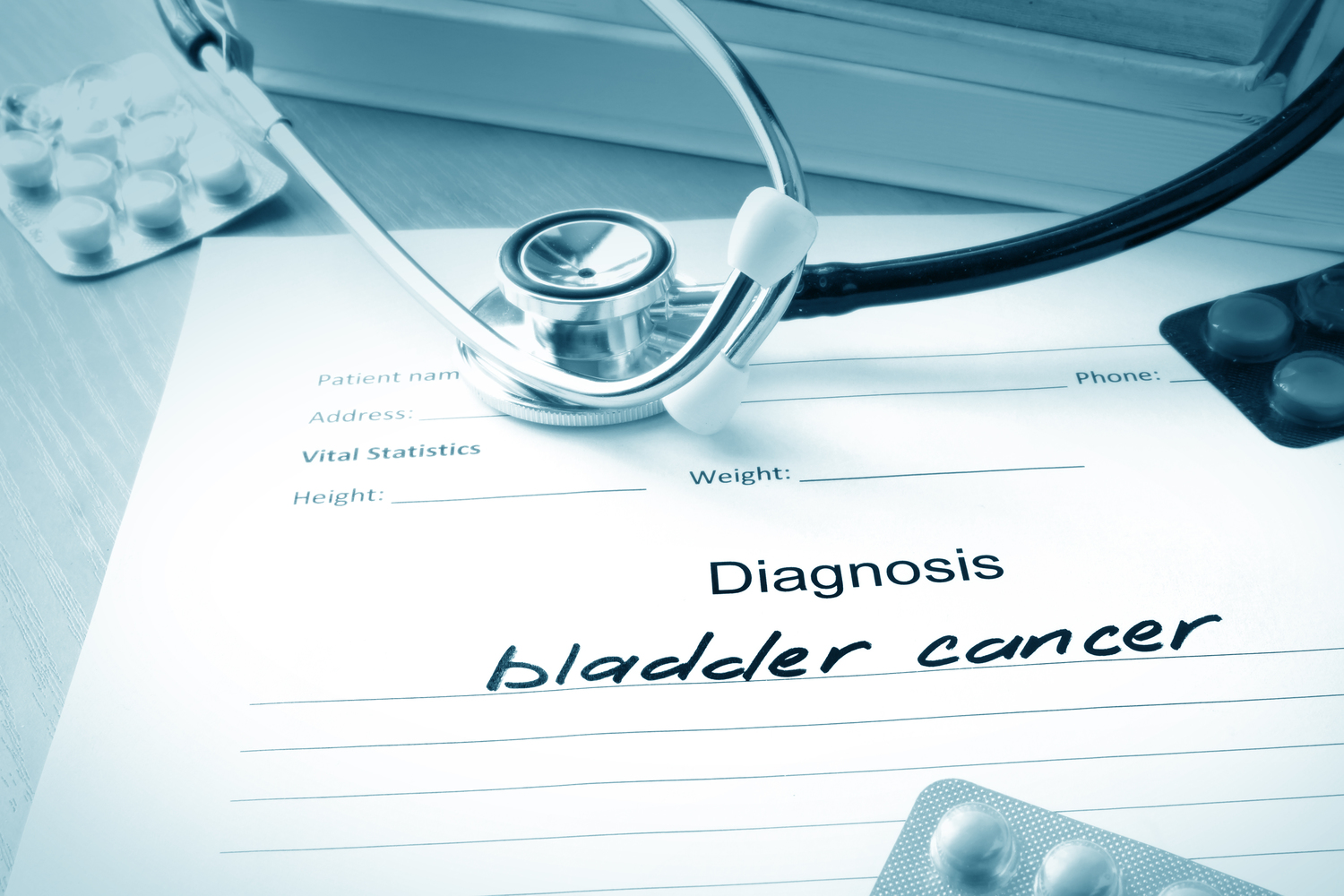
Treatments for Bladder Cancer
Bladder cancer is the most common cancer in which a tumor develops in the lining of the bladder. The most common and the earlier symptom of bladder cancer is that one will notice blood in the urine. Bladder cancer is mostly treated with surgical options or therapies like chemotherapy, radiation therapy, and various other therapies. The following are the detailed explanation about the most common treatments for bladder cancer:
1. Surgery
Surgery is one of the common treatments for most bladder cancers. The type of surgery will depend on the extent of the cancer spread. Here are the few methods of surgery performed in the case of bladder cancer:
- Transurethral resection of bladder tumor (TURBT)
A transurethral resection of bladder tumor (TURBT) or a transurethral resection (TUR) is the common method of bladder surgery, which is performed if the cancer has spread to the muscle layer of the bladder wall (muscle-invasive bladder cancer). However, TURBT is mostly used to treat non-muscle invasive bladder cancer (early stage). - Cystectomy
When one has muscle-invasive bladder cancer, a part of the whole bladder needs to be removed. This method of surgery is called a cystectomy. Chemotherapy is often given before cystectomy is performed. There are two types of cystectomy based on the level of cancer. - Partial cystectomy
If the cancer is only in one place and is not too big, it can sometimes be removed without taking out the whole bladder, but only by removing cancer spread part of the bladder wall. This type of not removing the whole bladder is called partial cystectomy. - Radical cystectomy
If the cancer is in more than one place of the bladder and if it has become larger, radical cystectomy is performed.
2. Urinary diversion
After surgery, if the whole bladder is removed, the doctor will make a new way to let the urine pass out of the body. This method of treatment after surgery is called urinary diversion. This urinary diversion is done in two ways.
- Incontinent diversion
Incontinent diversion is done with the help of a section of the colon or small intestine to divert urine to a stoma (an opening) on the outside of the body. In this case, the patient needs to wear a bag that will be attached to the stoma in order to collect and drain urine. - Continent diversion
In continent diversion, the surgeon connects the pouch to the urethra, which is called as “Indiana pouch” or neobladder. This method helps the patient to urinate normally.
3. Therapies
Therapies are the use of medications to kill cancer cells. The medications are usually given through the bloodstream intravenously so that the medications can easily reach cancer cells throughout the body. These medications are also given orally through pills or capsules. Here are a few types of therapies used for bladder cancer.
4. Chemotherapy
Chemotherapy is the administration of medications through the veins, instead of administering them directly into the bladder.
5. Immunotherapy
Immunotherapy medications are usually suggested for the treatment of adults with advanced bladder cancer. This therapy provides strength to the immune system to attack the cancer cells.
6. Radiation Therapy
Radiation therapy is a treatment method that uses high-energy radiation to destroy cancer cells. This is quite helpful in the treatment of bladder cancer.
7. Targeted therapy
Studies have shown that certain changes inside the cells cause cancer to spread, and so the researchers and doctors have developed newer drugs that target to attack and prevent these changes. Administering these medications is known as targeted therapy.




